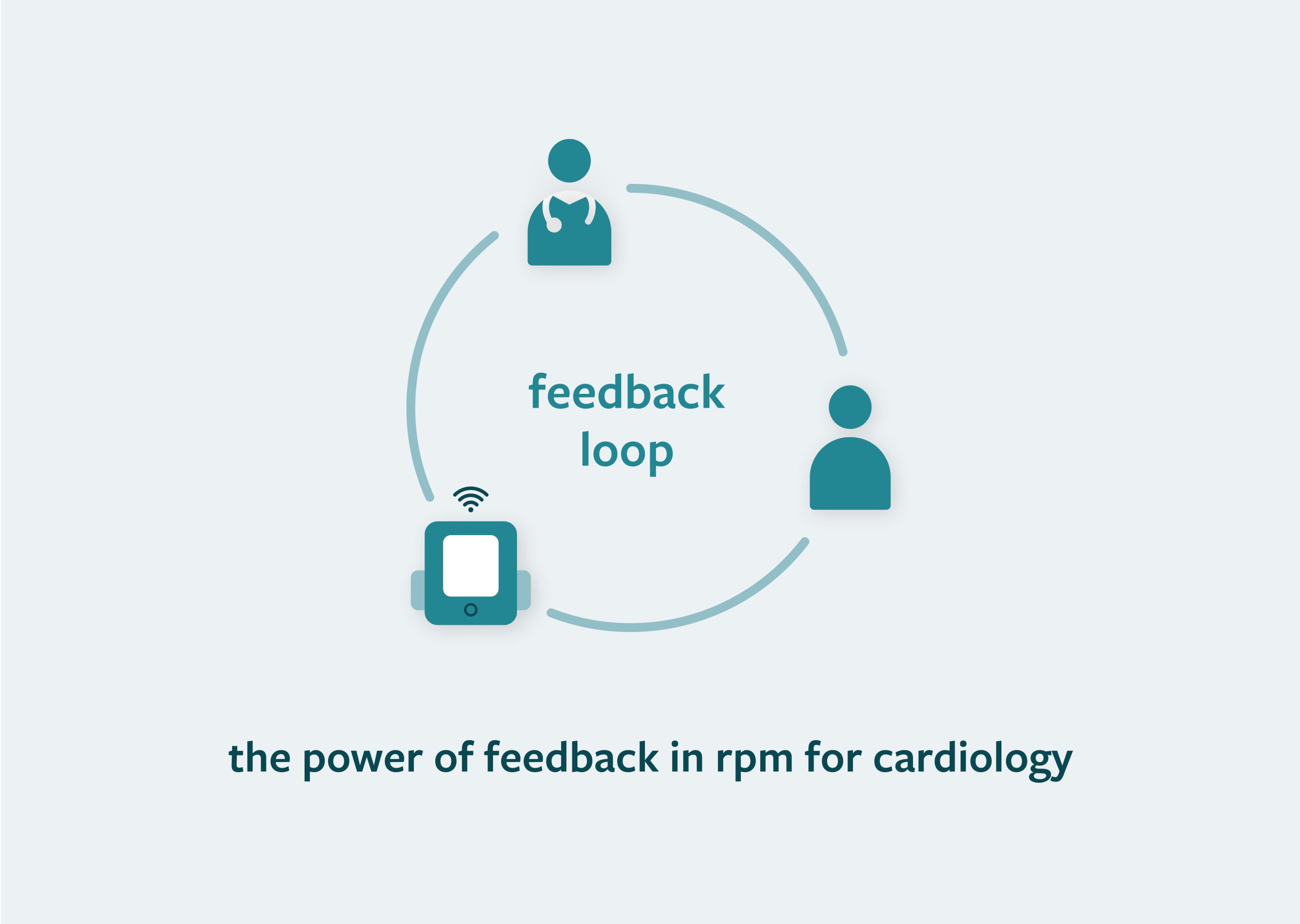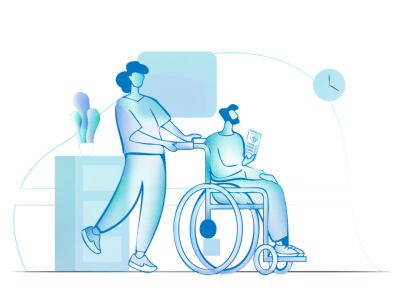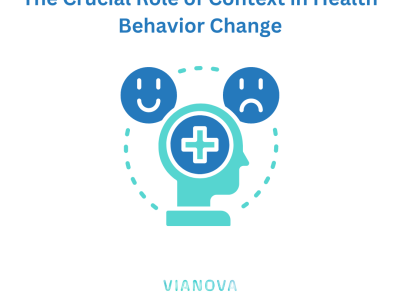
The Power of Feedback in Remote Cardiology Monitoring
Remote Patient Monitoring (RPM) has revolutionized the way we care for patients with cardiac conditions. The ability to collect real-time health data and interact with patients from a distance offers tremendous advantages, but its success hinges on a fundamental element: feedback. In this article, we will explore the principles of feedback loops and how behavioral economics can help design feedback mechanisms that encourage patients to take action and maintain their heart health.
Feedback: A Vital Component in RPM
Feedback is a two-way street in healthcare. It provides patients with information about their health status and performance, while also allowing healthcare providers to make informed decisions and interventions. In the context of RPM for cardiology, feedback helps patients track their progress and adherence to treatment plans, fostering a sense of empowerment and control over their health.
The Feedback Loop
Understanding feedback in the RPM context requires comprehension of the feedback loop:
1. Data Collection: The first stage involves collecting relevant health data. This might include heart rate, blood pressure, physical activity, or medication adherence, depending on the patient’s specific cardiac condition.
2. Data Analysis: The collected data is then analyzed. RPM systems can process and interpret the data, identifying trends, anomalies, and potential concerns.
3. Feedback Delivery: The critical stage is the delivery of feedback to the patient. Patients receive insights into their health status, which can be in the form of messages, visual representations, or interactive reports.
4. Patient Response: Feedback is most effective when it triggers a response from the patient. This response can be a change in behavior, medication adjustment, or communication with the healthcare provider.
5. Adjustment and Iteration: The feedback loop continues, with the patient making changes and the system adapting to their evolving health needs.
Behavioral Economics and Feedback
Behavioral economics offers valuable insights into how feedback can be optimized to enhance patient engagement and adherence in RPM:
1. Framing Effect: How information is presented can influence patient behavior. For example, framing feedback positively by highlighting the progress made or health improvements can motivate patients to continue their efforts.
2. Goal Setting: Setting clear and achievable goals within the feedback can provide patients with a sense of direction and accomplishment. Patients are more likely to stay engaged when they have tangible targets to work toward.
3. Loss Aversion: Patients tend to fear losses more than they value gains. Emphasizing potential health risks or deteriorations in feedback can be a powerful motivator for adherence.
4. Prompt Feedback: Providing timely feedback is crucial. Delays in feedback can reduce the impact it has on patient behavior. Patients need immediate information to connect their actions with outcomes.
5. Personalization: Feedback should be personalized to each patient’s condition and preferences. Behavioral economics principles such as “nudging” can be employed to tailor feedback to individual needs.
Feedback as a Nudge
By employing feedback as a nudge, healthcare providers can guide patients toward making better health decisions. The feedback loop, enriched with behavioral economics principles, empowers patients to take an active role in their heart health management.
In our next article, we will delve into the concept of choice architecture and how it can be leveraged to create environments and systems that encourage patients to make healthier choices regarding their cardiac health. Stay tuned for more insights into the dynamic world of behavioral economics and cardiac care.



FEEL FREE TO DROP US A LINE.